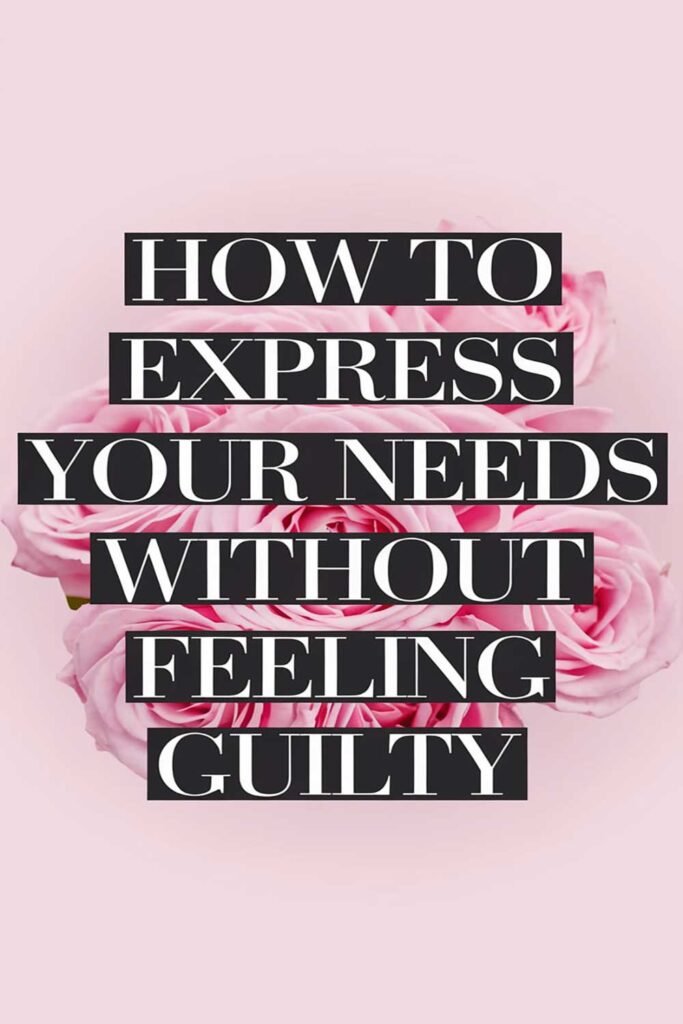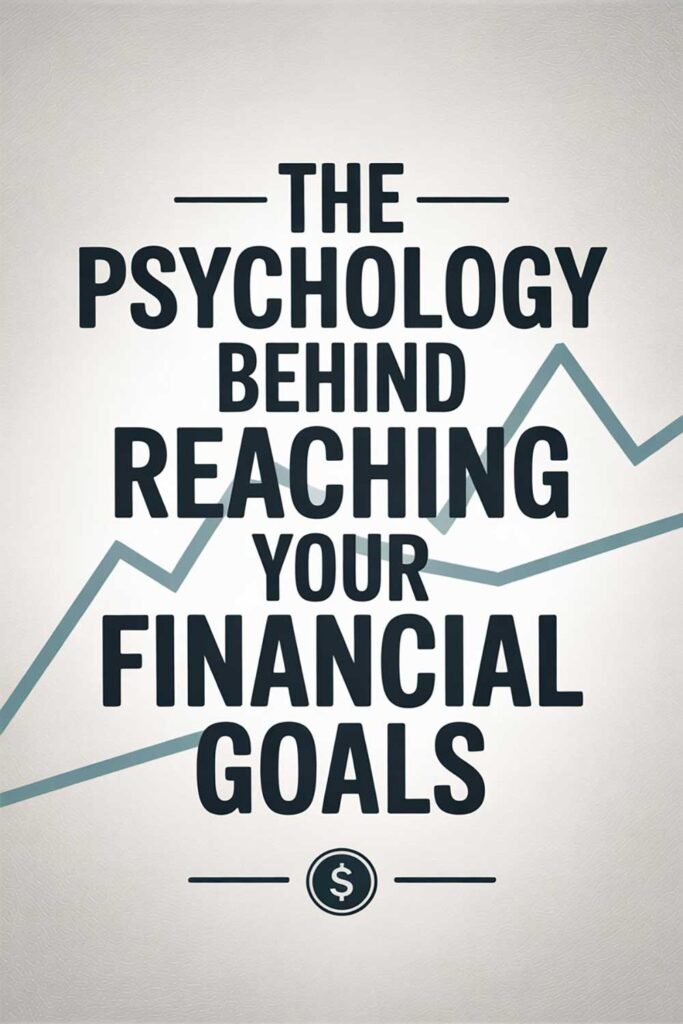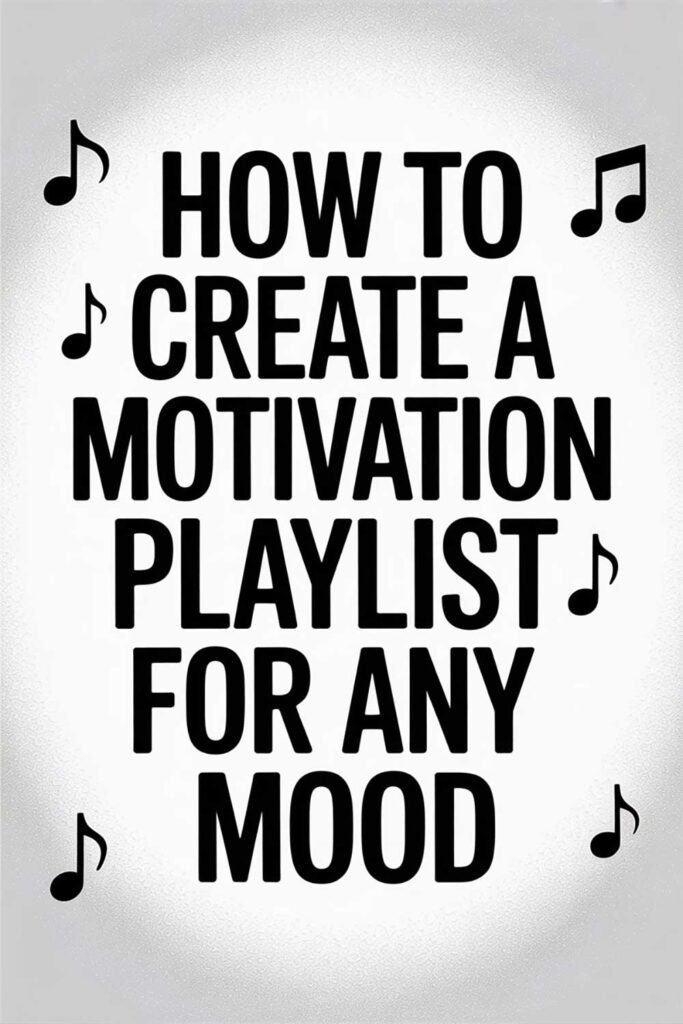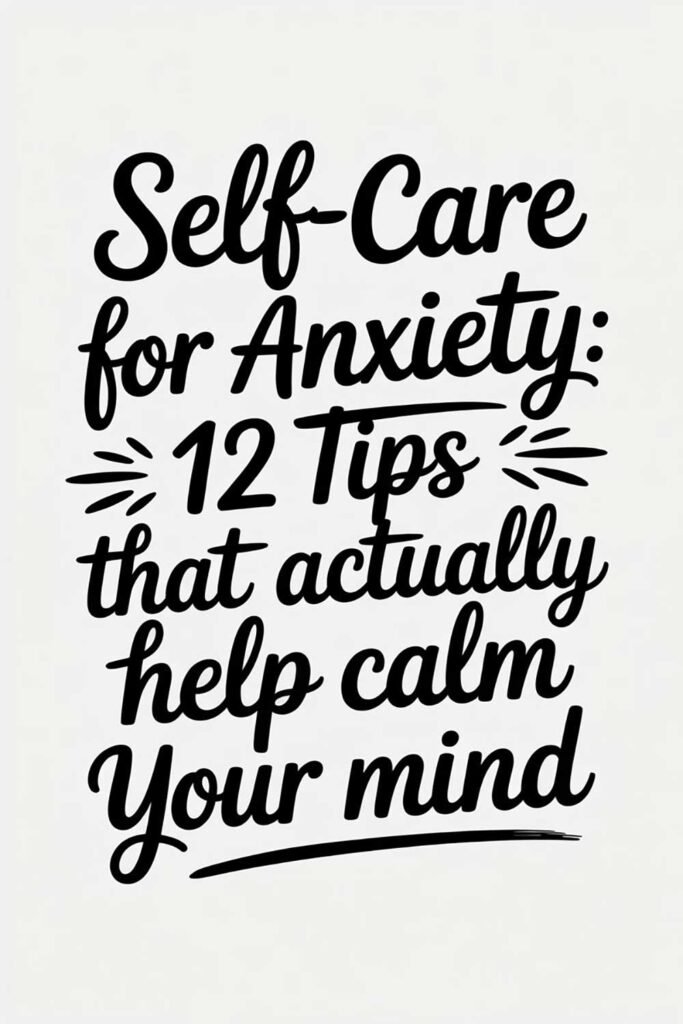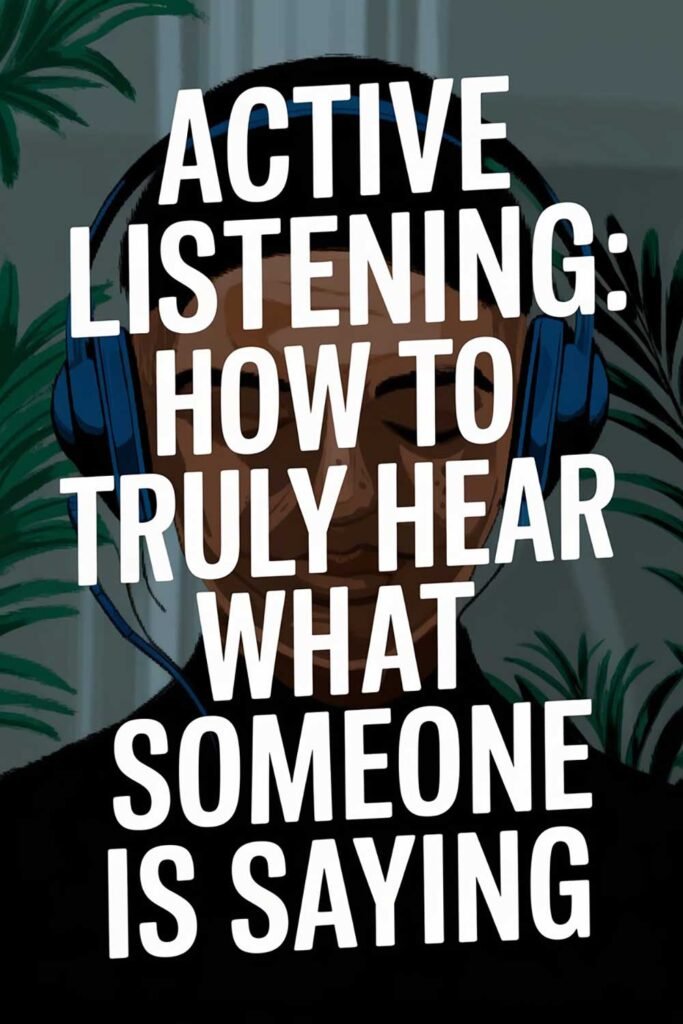How to Build Emotional Intelligence Step by Step
Emotional intelligence, often referred to as EQ, is one of the most important skills anyone can develop. It’s the foundation of strong communication, healthy relationships, self-confidence, leadership, empathy, and emotional resilience. Unlike IQ, which is largely fixed, emotional intelligence can be developed, refined, and strengthened at any stage of life.
This article will guide you step by step through building emotional intelligence, backed by actionable techniques, real-life stories, and daily practices that truly make a difference. If you’ve ever struggled with controlling your emotions, understanding others, or navigating conflict with calm, this guide is for you.
What Is Emotional Intelligence?
Psychologist Daniel Goleman identified five key components of emotional intelligence:
- Self-awareness – Recognizing your own emotions and how they affect your thoughts and behavior.
- Self-regulation – Managing your emotions in healthy ways.
- Motivation – Harnessing your emotions to pursue goals.
- Empathy – Understanding others’ emotions and perspectives.
- Social skills – Managing relationships, communication, and conflict.
Building emotional intelligence isn’t about becoming emotionless. It’s about using your emotions wisely to grow stronger, more grounded, and more compassionate.
Step-by-Step: How to Build Emotional Intelligence
Step 1: Develop Deep Self-Awareness
Self-awareness is the foundation of emotional intelligence. It means recognizing your emotional patterns and being able to name what you feel and why.
Daily Practices:
- Keep a feelings journal and write down what emotions you felt that day and what triggered them.
- Use a “feelings wheel” to expand your emotional vocabulary.
- Set an alarm 3 times a day to pause and ask: What am I feeling right now? What caused it?
Real-Life Example: Angela, a project manager, used to get flustered and reactive during team meetings. After keeping a feelings journal for a month, she noticed that she felt overwhelmed when projects lacked structure. With that awareness, she began requesting clear agendas and prepping notes in advance—dramatically improving her confidence and performance.
Step 2: Practice Self-Regulation and Emotional Control
Once you can identify your emotions, the next step is learning how to regulate them.
Techniques for Self-Regulation:
- Deep breathing: Try box breathing (inhale 4, hold 4, exhale 4, hold 4)
- Take a pause: Walk away from a situation before responding
- Develop a mantra: “I can respond calmly.”
- Reframe your thoughts: Change “This is a disaster” to “This is a challenge I can handle.”
Real-Life Example: Jake, a high school teacher, found himself yelling in class when students acted out. Through emotional regulation training and mindfulness exercises, he started using a 10-second pause and calm redirection. His classroom behavior—and student respect—improved dramatically.
Step 3: Build Intrinsic Motivation and Emotional Drive
Intrinsic motivation means doing something because it’s personally rewarding—not because of external validation or reward. Emotionally intelligent people are motivated by purpose and personal growth.
Ways to Strengthen Motivation:
- Set short and long-term goals aligned with your values
- Keep a visual tracker of progress
- Reflect weekly: What did I do well? Where can I improve?
- Journal about your “why” each month
Real-Life Example: Luis wanted to lose weight but kept falling off track. Instead of focusing on appearance, he shifted his motivation to wanting more energy to play with his kids. That deeper emotional reason helped him build habits he could stick with for the long run.
Step 4: Cultivate True Empathy for Others
Empathy is at the heart of emotional intelligence. It’s more than kindness—it’s the ability to feel what someone else feels and respond with compassion.
Daily Empathy Practices:
- Ask more questions than you answer in conversations
- Avoid interrupting—pause and reflect before speaking
- Acknowledge emotions: “I can see that you’re really frustrated.”
- Try to imagine what someone else’s day has been like
Real-Life Example: Susan, a customer service rep, used to feel drained by angry callers. After empathy training, she started validating the customer’s frustration before offering solutions. Callers felt heard, and Susan felt less emotionally burned out.
Step 5: Strengthen Your Social Skills and Connection
Great relationships require emotional awareness, healthy communication, and conflict resolution skills. Emotionally intelligent people build stronger connections by being mindful of their tone, timing, and presence.
Habits to Improve Social Skills:
- Practice active listening (eye contact, nodding, repeating back)
- Use “I” statements instead of “you” blame (e.g., “I felt hurt when…”)
- Learn to apologize sincerely and take responsibility
- Celebrate others’ successes without jealousy
Real-Life Example: Rachel, a team lead, often struggled with tension between co-workers. After learning to initiate open conversations and give feedback with kindness, her team became more cooperative and productive.
Bonus Step: Build Emotional Resilience Over Time
Resilience is the ability to bounce back from setbacks without losing your emotional center. It’s not about avoiding hard times—it’s about learning from them.
Ways to Build Resilience:
- Practice gratitude even in difficult moments
- Focus on what you can control
- Use challenges as emotional growth opportunities
- Seek support—resilience doesn’t mean doing it alone
Real-Life Example: Emotional Intelligence Saved Emma’s Marriage
Emma and her partner were constantly miscommunicating. Instead of continuing the cycle, she dove into emotional intelligence work. She started journaling her emotional triggers, practicing nonviolent communication, and actively listening to her partner without judgment. Slowly, they both grew more empathetic and open. Today, they credit emotional intelligence with saving their relationship.
20 Quotes About Emotional Intelligence and Growth
- “When awareness is brought to an emotion, power is brought to your life.” – Tara Meyer Robson
- “Know yourself and you will win all battles.” – Sun Tzu
- “Empathy is about finding echoes of another person in yourself.” – Mohsin Hamid
- “Respond. Don’t react.”
- “Emotional intelligence is the key to both personal and professional success.”
- “Feelings are much like waves. We can’t stop them from coming, but we can choose which ones to surf.”
- “Self-awareness is the first step to change.”
- “You can’t control others, but you can control how you respond.”
- “Emotions are not problems to be solved but signals to be understood.”
- “The more you understand your emotions, the less they control you.”
- “Strong people are not those who show strength in front of us but those who win battles we know nothing about.”
- “The most fundamental aggression to ourselves lies in trying to control our experience.”
- “True listening is not just about hearing words, but feeling emotions.”
- “Your energy introduces you before you even speak.”
- “Self-regulation is self-respect.”
- “Empathy dissolves conflict.”
- “You don’t have to attend every argument you’re invited to.”
- “Calm minds handle chaos better.”
- “You grow emotionally by showing up with intention, not perfection.”
- “Being emotionally intelligent doesn’t mean being emotionless. It means being emotionally wise.”
Picture This
You’re in a tense moment—a difficult conversation, a stressful email, a partner’s frustration. But instead of reacting, you pause. You breathe. You reflect. You respond with grace, not emotion. You turn conflict into connection.
You feel more in control. More compassionate. More powerful.
This is emotional intelligence. And every step you take brings you closer to the strongest, most grounded version of yourself.
Share This Article
If this article inspired you to grow your emotional intelligence, please share it with someone on their own path of personal growth.
Disclaimer
This article is for informational purposes only and based on personal development techniques and publicly available psychological resources. It does not substitute for mental health advice or therapy. Always consult a licensed professional for emotional or mental health concerns.

